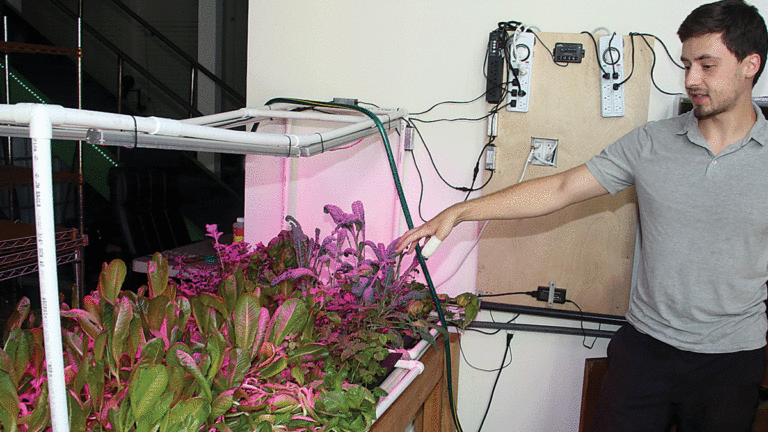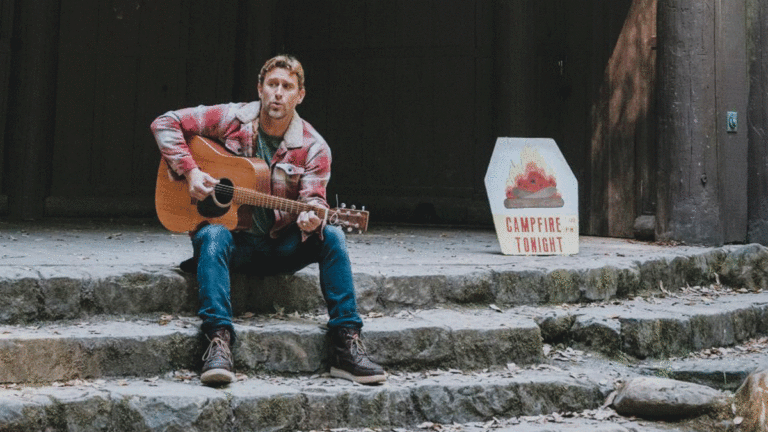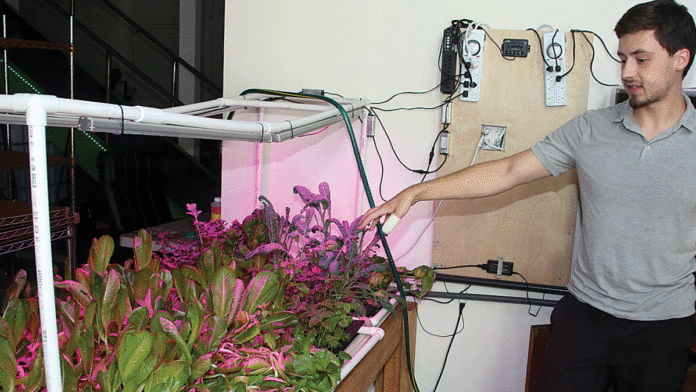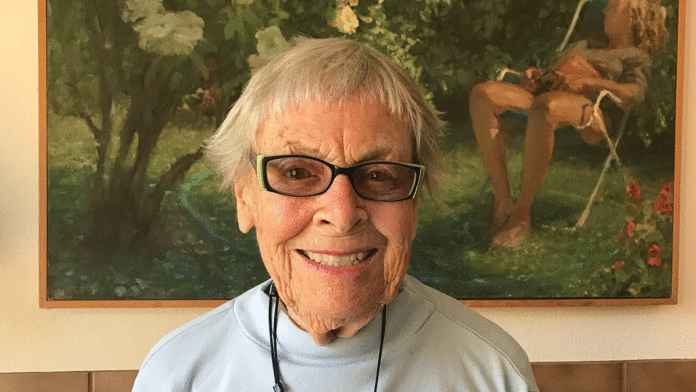After filing a statement of intent to run in the 2020 election, defense attorney Annrae Angel spun around in the county elections department’s lobby.
Angel looked to the supporters and journalists waiting to hear her speak and made her pitch to serve as a judge on the Santa Cruz County Superior Court. The most important thing for judges to do, she said, is to show integrity, so they can earn the community’s trust. Without that trust, said Angel, the fabric of the community can start to unravel.
“When there’s a problem, it has to be addressed,” she said. “Santa Cruz County deserves to have judges that will rule with integrity and treat people with respect—because otherwise, how do you trust the courts?”
Angel didn’t mention her opponent by name, or even answer questions about why she’s running against Judge Ariadne “Ari” Symons. But in light of a public censure handed down to Symons last spring from the Commission on Judicial Performance, the subtext was clear.
Angel’s colleague Lisa McCamey, who showed up in support, was more explicit in referencing the commission’s decision. Among its findings, a report from the oversight body found that, in an attempt to get out of a ticket for running a red light, Symons used her connections at the court, worked the system and had her husband lie under penalty of perjury to try and make it disappear.
“We deserve a judge with high ethical standards, not someone who’s going to fix a ticket,” says Lisa McCamey, a local attorney who won’t let Symons hear her cases, because she believes the judge has shown bias against her.
A June story in the Santa Cruz Sentinel traced Symons’ checkered reputation back to 1991, when she was an Orange County prosecutor and was reportedly accused of lying in a child molestation case. McCamey stressed that even with Symons’ personal attorney handling negotiations with the committee, the body still handed down the most severe punishment possible short of removing her from the bench.
In issuing its decision, the commission indicated that it factored in two prior disciplinary actions directed at Symons in the past seven years. One of those happened three years ago, when Symons received a private admonishment for a few violations, including criticizing the transient population and disclosing confidential information. Given that the admonishment is private, both its genesis and specific details are unclear. But it may refer to a 2013 Public Safety Task Force meeting, when Symons called Santa Cruz a “magnet” for homeless people and criminals looking to break the law.
MOUNTING A DEFENSE
In a statement issued yesterday, Symons says she’s “proud” of her work and views herself as a “tough but fair” judge.
Many supporters are sticking by Symons’ side. After the censure this past spring, Symons released a response signed by 45 supporting politicians, legal officials, law enforcement representatives, and community leaders. Signees included former Congressmember Sam Farr, former state Assemblymember Fred Keeley, Santa Cruz Mayor Martine Watkins, and three county supervisors.
One of those who signed on was family attorney Vicki Parry, who says she was blown away by the four years that Symons spent in family court. Parry says many judges struggle with the complicated transition to an entirely different legal framework, but not Symons. “She was super bright, well-researched, and I appreciated all the time she took in not only learning a new kind of law, but also for being sensitive about the difficult situation it is for the litigants,” Parry says, noting that some litigants will have their kids taken away in the process.
Before walking into Symons’ courtroom for the first time, Parry remembers feeling nervous, because she’d heard whispers about the judge’s supposedly poor reputation. Parry isn’t sure where those murmurs came from, but says that word can travel quickly in a small legal community like Santa Cruz County’s, and she’s found rumors about local justices to often be incorrect.
LAW INSPIRING
Angel and Symons are the only two candidates who’ve announced bids so far for the 2020 race.
If a candidate gets more than half the total votes in the March 3 primary, that candidate will be elected outright. If no candidate reaches the 50% voter threshold, the top two candidates will advance to a runoff in the general election the following November.
Angel already has some campaign experience. She ran for judge once before, five years ago in Santa Clara County, where she finished in third place in a primary election. Symons was first elected in 2008.
In general, Angel said that she doesn’t mind a tough judge, and she knows that she won’t win every case. As a criminal defense attorney, she often ends up losing, she says. But her favorite judges, Angel said, are the ones that listen to what she’s saying and take everyone’s points of view into account. That is the way she would preside if given the opportunity, she said.
“Every person who comes before me will be treated with respect, will be listened to, will not be ridiculed, will not be put down,” she said. “I will listen to what they have to say. I will apply the law, and I will do what I am guided to do as the right thing.”
























